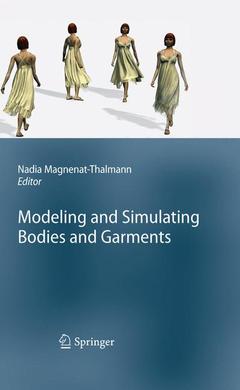Professor Nadia Magnenat-Thalmann is currently Professor at the University of Geneva in Switzerland and Director of the research lab MIRALab. After having obtained several diplomas in various disciplines (Psychology, Biology, Chemistry, Computer Science and a PhD in Quantum Physics, all from University of Geneva), she moved to Canada in 1977 where she became subsequently assistant, associate and full Professor at the University of Montreal. During these years, she pioneered the field of Virtual Humans and received 7 artistic awards for her participation to the film “Dreamflight”. This film won an award at the conference On-Line in London, in front of Disney's film "Tron" in 1982. She further developed a strong agenda of interdisciplinary research that was considered by the scientific community as a very early innovation. In 1987, she was nominated Woman of the Year by the greater Montreal Association for her exceptional achievement in Sciences and Art. In 1988, she received a one year grant from the Council of Arts of Canada for her co-direction of the film “Rendez-vous in Montreal” that allows her to show her work on Virtual Marilyn at the Modern Art Museum in New York along with young Canadian promising artists. Back in Switzerland in 1988, she has initiated and developed several programs of intensive research that have been awarded by the European Commission and the Swiss National Foundation. She has obtained more than 45 European projects that makes her group the most EU funded lab in Switzerland. During the nineties and 2000, she has received continuously scientific and artistic awards. Among the most cited awards are the Golden Camera Award at the Golden Camera Ceremony in Berlin (shown at TV with 16 million viewers), a ZDF program dedicated to "die virtuelle Marilyn, die Welt von Nadia Thalmann", more recently her selection in the electronic Wall of Fame in the Heinz Nixdorf Museum in Germany and the best paper of the International Journal of Virtual Reality



